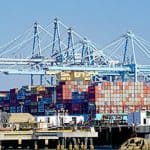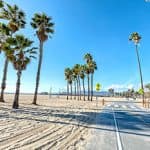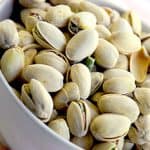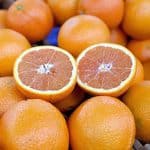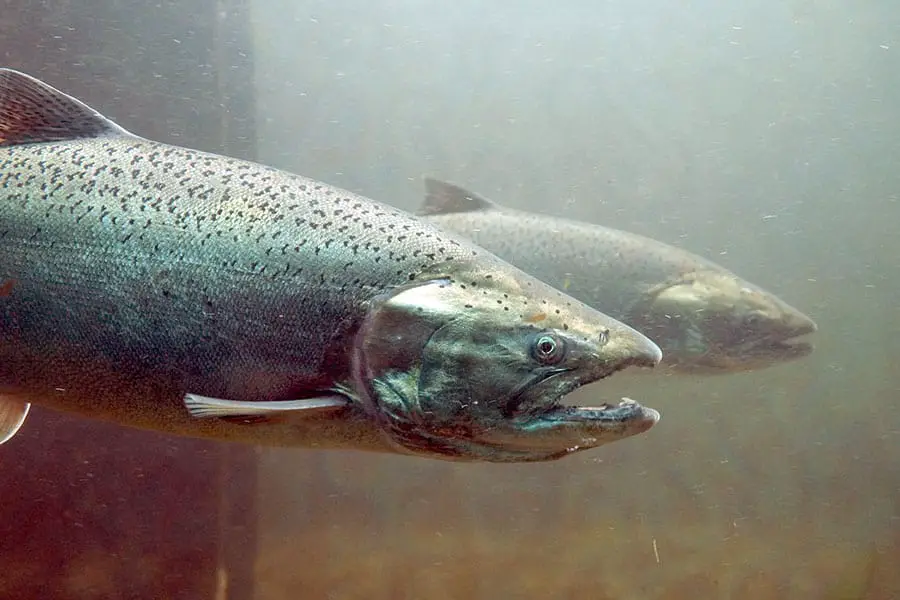
The West Coast of California is known for its fantastic seafood and waterfronts. Each year, thousands of people travel there to go on fishing tours and expeditions. One of the most prized and recognized species is salmon. Therefore, people often ask, are there salmon in San Francisco Bay?
Each year, millions of salmon pass through San Francisco Bay on their way to freshwater rivers and streams to spawn (the release of eggs and sperm). This yearly mass migration of salmon makes the Bay Area one of the top salmon fishing spots in California.
If you are getting ready to plan a trip to the San Francisco Bay Area and love to fish, spending the day (or week) on the hunt for salmon is a great activity. Most importantly, you’ll want to confirm the dates of the approved salmon season before you go. Continue reading for more information about the species of salmon found in San Francisco Bay, the best times to find them, and what bait to use.
Salmon in San Francisco Bay
There are seven species of salmon that live in the waters of North America. Five of these species can be found along the West Coast of the United States.
Salmon are anadromous, so what does that mean? It means they can live in both fresh and saltwater. Salmon swim up streams and rivers to lay their eggs each year, and San Francisco Bay offers the perfect entry point. It connects the Pacific Ocean with numerous freshwater sources, including the San Joaquin River Delta, Sacramento River, Napa River, and Petaluma River.
The two species of Salmon that are most commonly found in San Francisco Bay are Chinook (or King) salmon and Coho (or Silver) salmon. Chum, Pink, and Sockeye Salmon have larger populations in the Pacific Northwest and Alaska and are rarely found anywhere near the waters of San Francisco.
Chinook (King) salmon are the largest and most abundant species in San Francisco Bay. These fish are light silver with a greenish-blue color on their backs and a white belly.
Chinooks are often referred to as “blackmouths” because of the black pigmentation along their lower jaw and gum line. Chinooks are popular with commercial fishermen as they can reach 5 feet in length and weigh up to 100 lbs.
Bay Area Answers Fun Fact: The longest migration ever recorded was a Chinook salmon that traveled over 2,300 miles upstream to lay her eggs! That’s an impressive feat considering the average salmon travels about 1.4 miles per hour while swimming upstream.
Coho (Silver) salmon are less common and are found occasionally in San Francisco Bay. These fish are one of the larger species of salmon but don’t grow quite as large as Chinooks. Despite their smaller size, they are known for putting up fierce fights.
Coho salmon looks similar to Chinook salmon; however, their color is more of a dark metallic instead of light silver. They also don’t have as dark of pigmentation around their gumlines.
Salmon fishing is a big business in California. Each year, commercial and recreational salmon fishing brings in more than $900 million for the state.
In a typical year, the fishing season runs from May to October. However, the season varies from year to year, so be sure to check the dates, especially if your trip to San Francisco is centered around fishing.
Commercial fishing is usually restricted to a series of “mini-seasons” that last for short spurts off and on throughout the non-commercial fishing season.
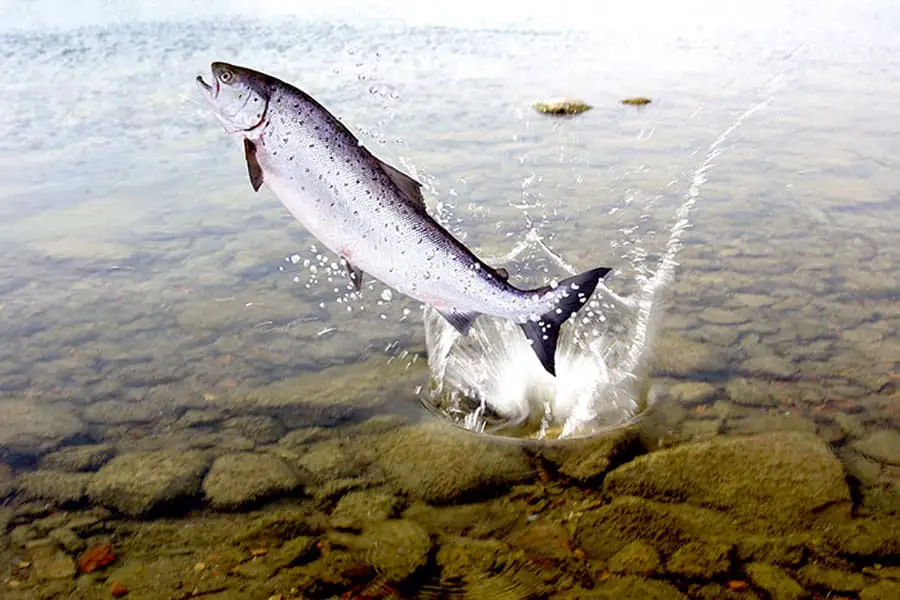
What is the Daily Salmon Limit in San Francisco?
The coast of California is separated into distinct fishing zones that are identified by specific geographical points or lines of latitude. For example, the San Francisco Bay Area falls into a zone that runs from Point Arena (38°, 57.5’) to Pigeon Point (37°, 11’).
Within this zone, salmon must be a minimum of 20” in length. Smaller salmon must be released back into the wild. There is a daily bag limit of two salmon of any species (except Coho) per person. Coho salmon are required to be released because their population is so small.
Can You Catch Salmon from the Shore?
Salmon typically prefer deep water, however, you don’t need to be on a boat to catch salmon. It is possible to catch them from the shoreline around San Francisco Bay. To improve your success, find a spot that has access to deeper water like a pier or jetty.
You can also set up near the mouth of a river or other tributary since this is part of their usual migration routes. Since salmon like colder temperatures, shoreline fishing is better during cooler parts of the fishing season.
Other Posts of Interest
- What Kind Of Fish Are In San Pablo Bay?
- Is San Francisco Expensive For Tourists?
- What Is The Name Of The Submarine In San Francisco?
- What is Muir Woods Famous For?
What is the Best Time of Day for Salmon Fishing?
Salmon are most active and like to feed when the water is the coolest, and there are low levels of light. Because of this fact, the best time of day for salmon fishing is early morning or late in the evening.
You should avoid the warmest and brightest time during the middle of the day. Some fishermen have even found success fishing for salmon at night, especially when there is good natural light from a full moon.
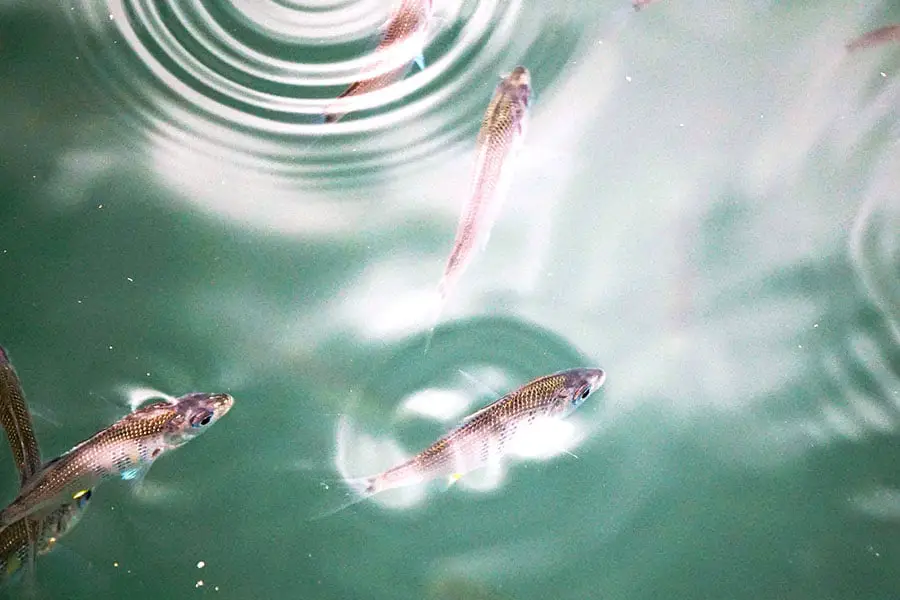
Are Salmon Populations at Risk of Extinction?
Salmon populations have thrived in California for thousands of years. But, over the last century, the state has built numerous dams to help distribute water to the Central Valley, which produces a large portion of the state’s agricultural products. Experts estimate that the dams alone eliminated about 95 percent of salmon’s natural habitats.
In recent years, the impacts of wildfires and droughts have further threatened the species. Since salmon need to travel between fresh and saltwater, the drought has dried up many of the migration routes trapping salmon upstream. In areas where access to the ocean has been cut off, the young salmon will likely die.
Fortunately, the California Department of Wildlife has a plan to work with fisheries to release 700,000 juvenile salmon into San Francisco Bay, and this is just the beginning of the project. When all is said and done, the goal is to release a total of 17 million salmon.
What is the Best Bait to Catch Salmon?
If you want to catch some nice salmon, remarkably, one of the most effective baits to use for salmon fishing is salmon eggs. You can also use strips of other fish like sardines or herring, or even shrimp.
While fresh bait is the most effective, Chinook salmon also respond well to artificial lures like spinners or plugs that simulate small fish.
Is It Safe to Eat Fish from San Francisco Bay?
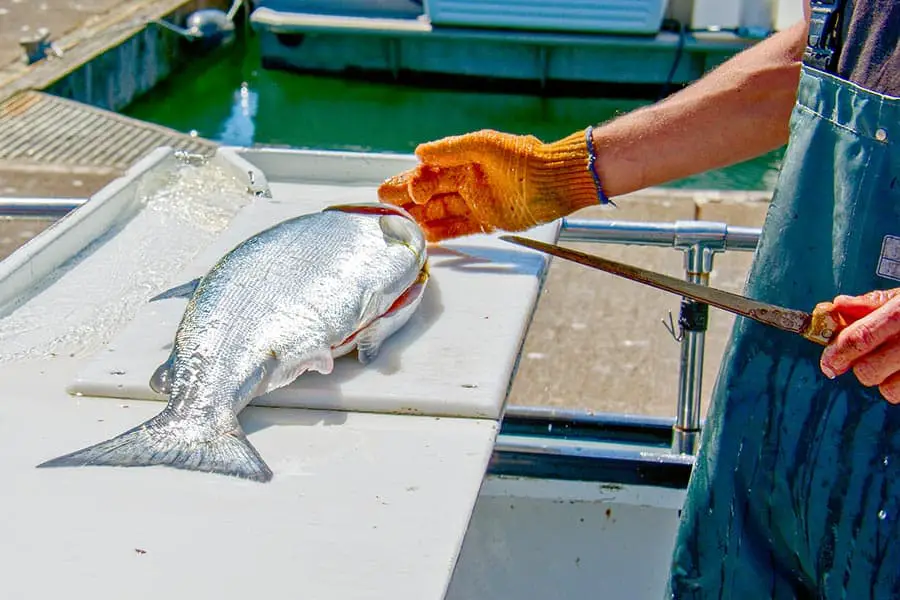
Waterfronts along major cities are notorious for having higher levels of pollution in the water. You should avoid certain species due to dangerous toxins and mercury, but overall, many species are safe to eat.
Salmon, along with rockfish, halibut, jacksmelt, and rock crabs, are the safest to eat. Fish like leopard sharks, sturgeons, and striped bass are known to have higher levels of chemicals. You can eat them, but it’s best to consume these in moderation.
Do You Need a Fishing License in California for Catch and Release?
It doesn’t matter if you plan to catch and release salmon (or any other fish); you will need a license, with one exception. Fishermen age 16 years or older are required to have a valid fishing license from the California Department of Fish and Wildlife (CDFW).
You can purchase these licenses online or from certain retail locations such as fishing stores or fishing charter companies. In addition to the license, you will need to keep and maintain a harvest record card. This card keeps track of the number of salmon you have caught.
The only exception to having a fishing license is fishing done from public piers. Piers (including man-made jetties) do not require a license for any age. However, all other fishing regulations still apply, like limits, seasons, and minimum size, for example.
There is one other exception that is also worth bringing up. The CDFW has two free fishing days each year. You can fish for free on these two days, but like pier fishing, all other fishing regulations still apply.
Make the Most of Your California Salmon Adventure
The California Department of Fish and Wildlife publishes the salmon fishing season schedule every year in the spring. Make sure you confirm the dates before booking any flights or hotels.
Also, you’ll need fishing licenses and gear, so maybe your best option is to book a trip with a fishing charter. They can make the trip easy and provide any equipment that you might need so you don’t have to worry about packing it.


